How do you say "tasty" in Japanese?
Japanese cuisine is among the most famous in the world. Come and discover a whole world of flavors you have never known, which will take you on a sensory experience that surpasses everything you thought you knew about food. Get to know the Japanese precision, dedication, and culinary aesthetics that will make you fall in love with Japan’s food culture.
In Japanese, the word for tasty is “oishii” (おいしい) – a word you won’t stop saying when you’re in Japan! From Michelin-starred restaurants to street food stalls, Japan schools every foodie who thinks they know Japanese food but has never actually been there, because there’s simply no comparison. The Japanese never compromise on fresh ingredients, seasonal cuisine, and aesthetically refined presentation, and every bite of every dish in Japan is an experience in itself. Keep in mind that the flavors and textures in Japan may be challenging for the Israeli palate, so it’s best to approach them with an open mind.
What do you eat in Japan?
We’ve gathered for you 10 classic Japanese dishes you must know and try during your trip:
Sushi is the dish of Japan! One of the most popular foods in the world in general and among the Japanese in particular. Countless sushi restaurants serve fresh, high-quality fish with white rice in its traditional form — nigiri-sushi, which was likely invented during the Edo period around 1824 as a quick, tasty, and fresh fast food option.
The sushi itself is a small bite of rice topped with fish or various kinds of seafood such as eel, salmon, tuna, or crab meat. There are also vegetarian varieties made of vegetables with rice. Sushi dishes are served alongside pickled ginger, spicy wasabi paste, and soy sauce. Pickled daikon radish and shiso leaves are also popular garnishes for these carefully prepared dishes.

Rice may sound like the simplest ingredient, but it is the key to understanding the Japanese palate. Cooked rice is always a central element in Japanese cuisine and has been the most important crop in Japan—both historically and culturally—for over 2,000 years.
Rice is processed into a variety of products, including alcohol, vinegar, and flour. In Japanese culture, one of the most important deities in the Shinto religion is Inari Ōkami, the spirit of foxes, rice, and sake—the rice wine traditionally offered as a ritual gift at shrines throughout Japan.
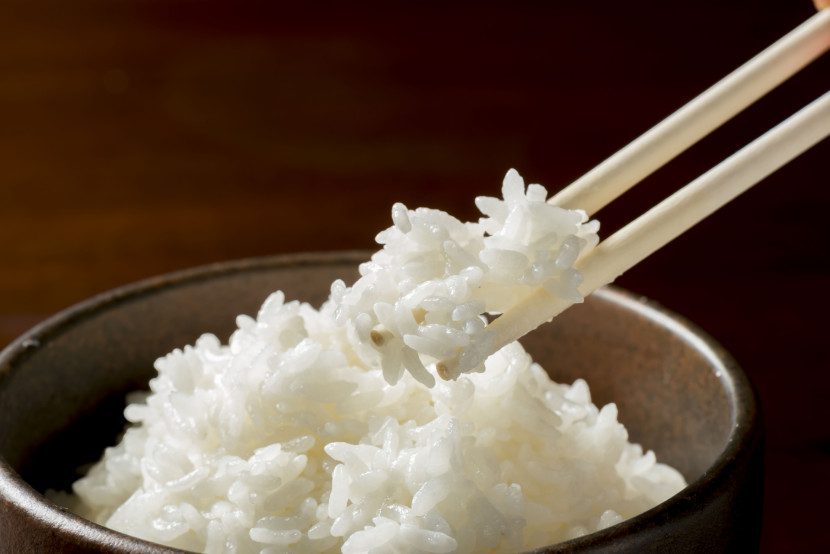
Sake is an alcoholic beverage made from fermented rice, often referred to in Japanese as “nihonshu” (日本酒) to distinguish it from the general word sake, which can mean alcohol of any kind.
The foundations of good sake are high-quality rice, pure water, kōji mold, and yeast. Much like wine, sake comes in a wide variety of flavors, ranging in complexity and subtlety.
This wonderful drink can be found everywhere in Japan—from fine restaurants and casual izakayas to bars and specialty liquor shops.
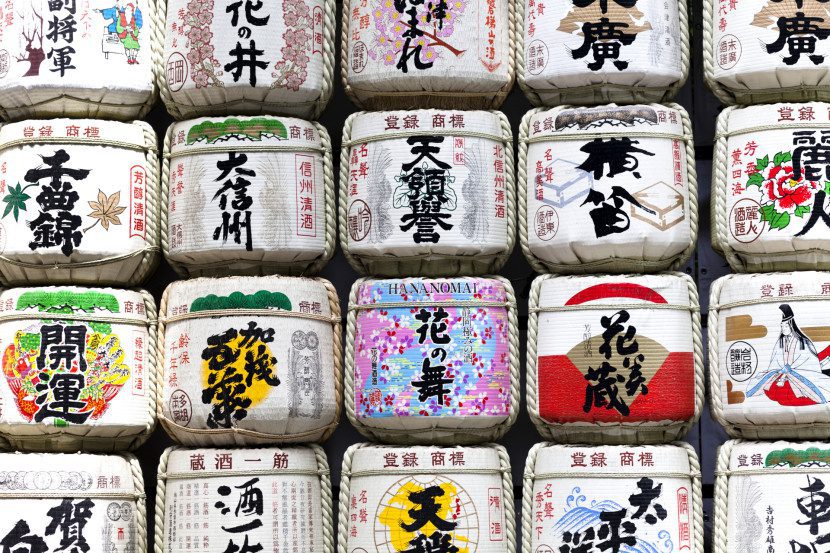
Matcha, or green tea, is a vibrant, bright-green drink and perhaps the most popular beverage in Japan, deeply tied to the country’s food culture. Different kinds of tea are available and consumed at all hours of the day. Drinking matcha offers a chance to pause from everyday life and turn inward, especially when enjoyed as part of a tea ceremony or when prepared by monks in temples.
A full, formal tea ceremony is a highly respected event that can last for hours and is conducted by those who have undergone many years of training in the refined skills of this ancient practice. For tourists, most ceremonies are shorter versions designed to give a taste of this important cultural and historical tradition.

The literal meaning of okonomiyaki is “as you like it”. This popular dish is made from a batter mixed with cabbage, grilled on a large pan or teppan-style hotplate, and topped with extras like octopus, shrimp, pork, sweet potato, or kimchi. While available all across Japan, it is especially famous in Hiroshima and Osaka, where specialized restaurants and street stalls prepare it fresh.

Ramen is a noodle soup dish with various toppings and is one of Japan’s most beloved meals. Affordable, widely available, and endlessly varied, ramen is the perfect dish for travelers on a budget. You’ll find ramen shops almost everywhere in Japan, each offering its own spin on this iconic noodle bowl.
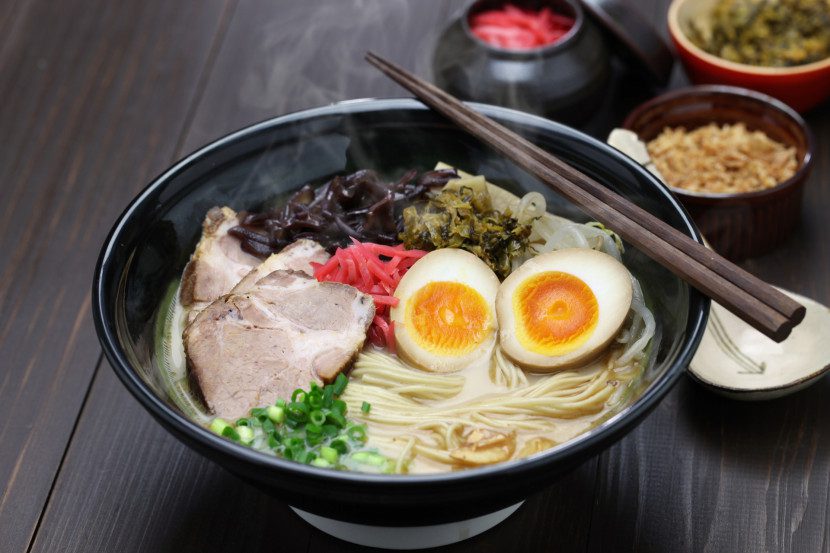
Takoyaki is one of Japan’s most famous street foods, consisting of fried batter balls filled with fresh pieces of octopus, cooked right before your eyes. A typical serving includes about eight golden-brown balls, topped with shaved bonito flakes (katsuobushi), aonori seaweed flakes, mayonnaise, and takoyaki sauce. Be careful—the inside is boiling hot!

Japanese curry (kare raisu) is another cheap and filling option. Unlike Indian curry, this version is usually a thick stew of potatoes, carrots, onions, meat, and rice. It’s widely available in chain restaurants and specialty shops, making it a quick and hearty meal.
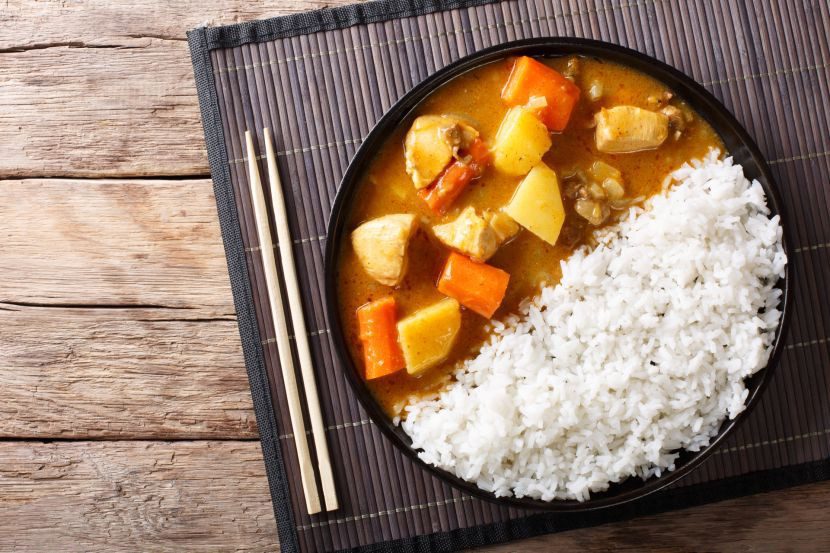
Yakitori are small skewers of grilled meat (chicken, beef, or pork), cooked over an open flame. Perfect with a cold beer, yakitori can be found at street stalls, festivals, and izakayas (Japanese pubs). The very best skewers are served in yakitori-ya, restaurants dedicated solely to this dish.
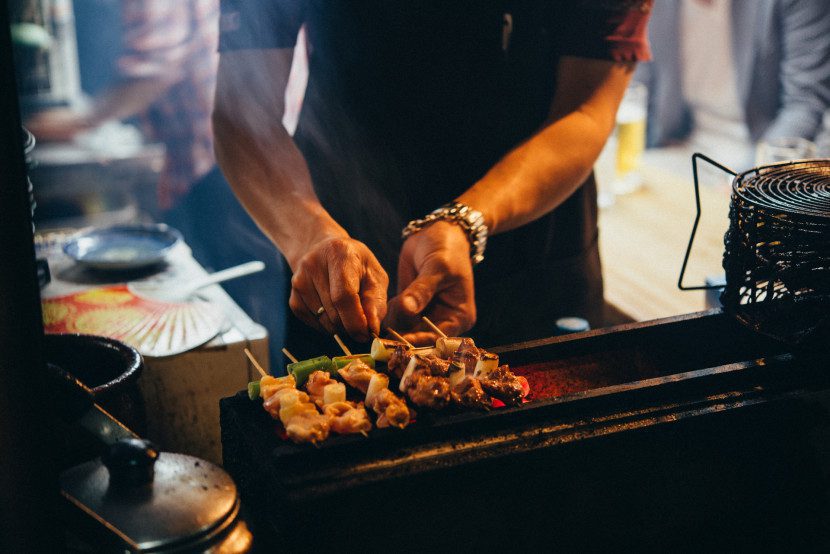
Onigiri are rice triangles wrapped in nori (seaweed) and filled with tasty ingredients like pickled plum (umeboshi), egg, salmon, tuna, or eel. They are the ultimate Japanese fast food: cheap, filling, and found everywhere in Japan’s countless konbini (convenience stores).
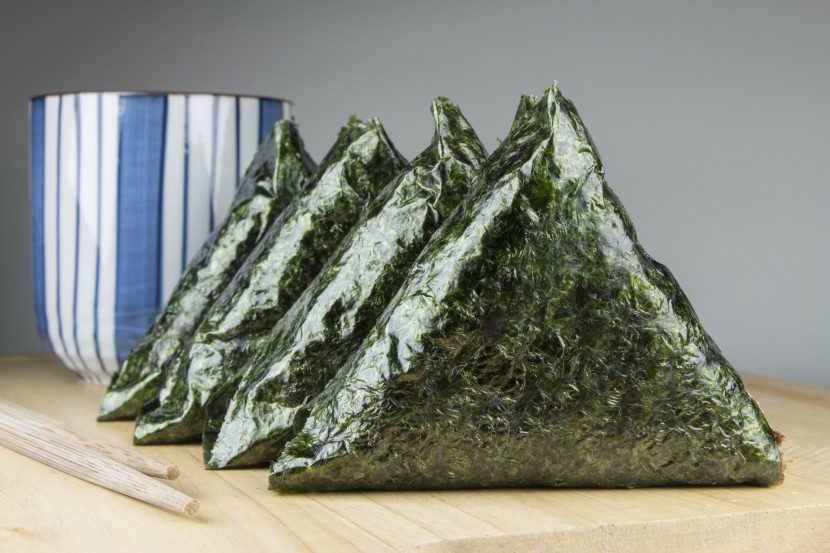
The favorite option among both tourists and locals in Japan is without a doubt the konbini (コンビニ) – a Japanese abbreviation of convenience store. Unlike convenience stores elsewhere in the world, Japanese konbini are on a completely different level. Open 24/7, they are the perfect place to do almost anything: pay bills, pick up packages, and of course, grab a bite to eat late at night.
The three biggest konbini chains in Japan are:
7-Eleven (セブンイレブン)
FamilyMart (ファミリーマート)
Lawson (ローソン)
In Japanese cities, konbini are literally everywhere—often with more than one on the same street corner. No matter where you go, you’re almost guaranteed to find one close by. Even if you’re only visiting Japan for a short time, the convenience, variety, and surprising quality of konbini food will make you fall in love with these unique stores in ways you never imagined.
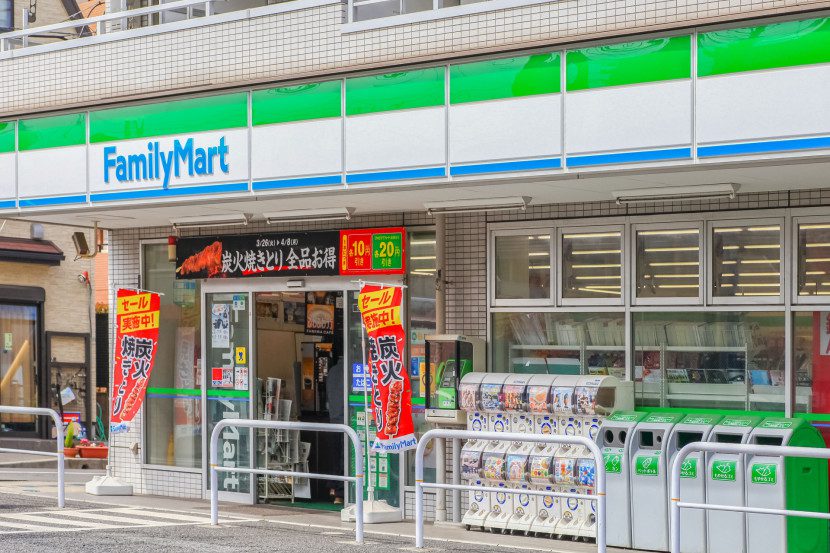
Kaiseki (懐石料理): the traditional Japanese multi-course meal. Kaiseki dining is an art form in itself—each dish is meticulously crafted by a skilled chef using local, seasonal ingredients to create a holistic dining experience. The focus lies in freshness, visual aesthetics, balance, and refined taste.
In an elegant kaiseki experience, you’ll enjoy a sequence of diverse dishes, each highlighting a unique combination of colors, textures, and cooking techniques, carefully designed to achieve culinary harmony.
The kaiseki tradition has developed over several centuries, most likely originating in Kyoto during the Heian period among the aristocracy. Later, it was also influenced by Buddhist vegetarian cuisine and the Japanese tea ceremony, both emphasizing mindfulness, appreciation of the present moment, and savoring the essence of each bite.

If you’re looking for a high-end dining experience in Japan, simply turn to the prestigious Michelin Guide. Tokyo leads the global gourmet scene with a record-breaking number of starred restaurants: around 55 restaurants awarded two Michelin stars and about 12 restaurants with the maximum three stars.
But Tokyo isn’t alone. Kyoto and Osaka also appear consistently on the lists of the world’s top culinary destinations.
Kyoto, with its deep history and cultural roots, specializes in traditional cuisine crafted from seasonal ingredients, all delivered with unmatched Japanese hospitality. It’s an essential stop for travelers seeking to experience the refined elegance of Japan’s food culture.
Osaka, on the other hand, has developed a unique culinary scene of its own. Known as the “nation’s kitchen,” it offers everything from local delicacies to international gourmet experiences, making it a must-visit for food lovers.
Whether it’s an unforgettable Michelin-star meal in Tokyo, a refined kaiseki dinner in Kyoto, or a bold culinary adventure in Osaka, Japan’s luxury dining options are world-class and truly unforgettable.

Affiliate Disclosure:
This post may contain affiliate links. If you purchase through these links, we may earn a small commission at no additional cost to you.
Your support helps us keep TravelEast running and continue sharing authentic travel experiences.
We use cookies to improve your experience on our site. By using our site, you consent to cookies.
Manage your cookie preferences below:
Essential cookies enable basic functions and are necessary for the proper function of the website.
You can find more information in our Cookie Policy.